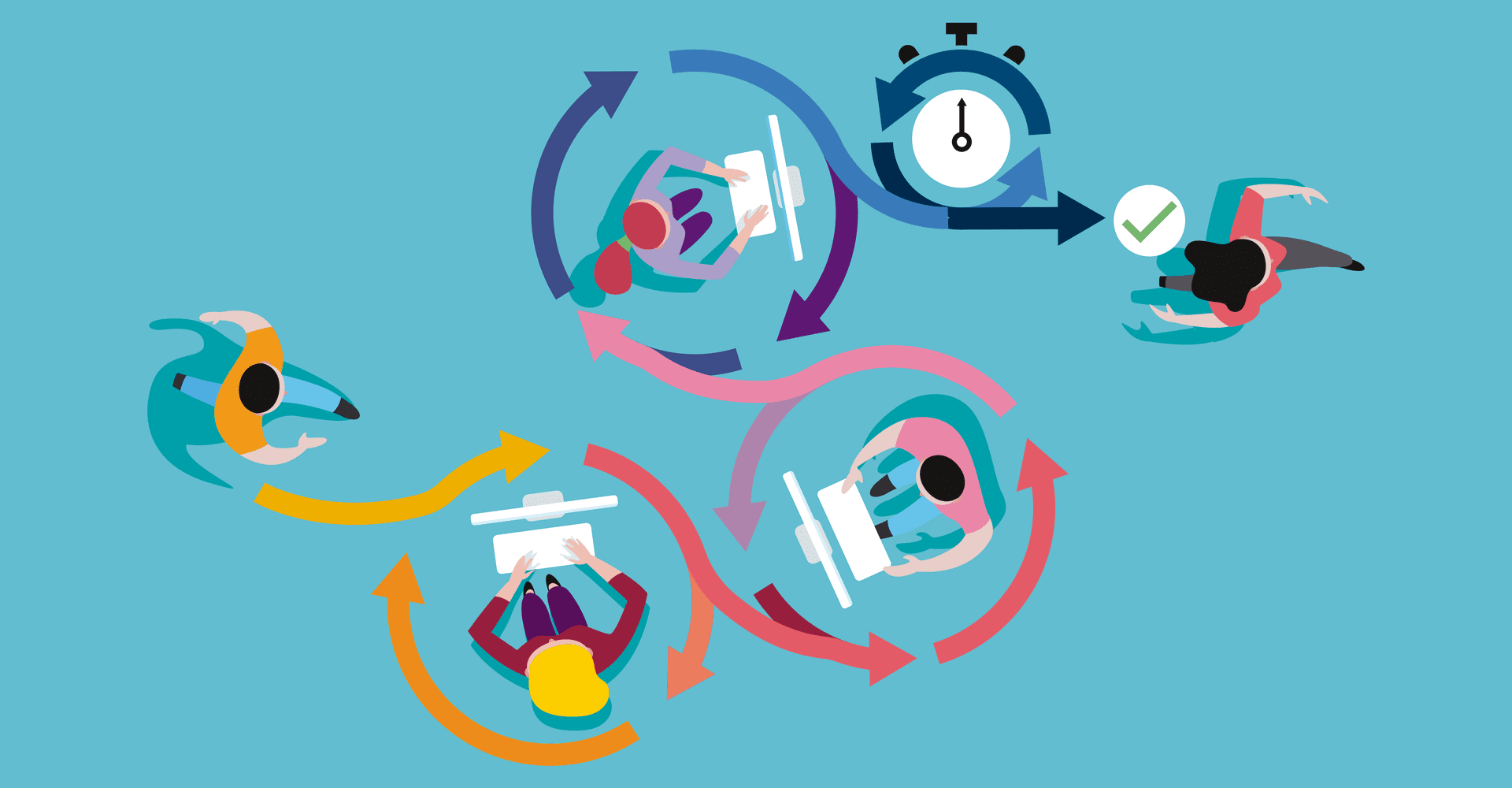The world of work is in a constant state of disruption, change and evolution. Pressures on revenue and productivity; new players and competition; talent acquisition and retention; security and compliance; client expectations; technology and sustainability are among the factors forcing business leaders to rethink the very essence of how they do business.
It’s because of this that agility has come to the fore; it is the new business zeitgeist and it has given rise to a new school of thinking, particularly among legal and professional service firms keen to replace rigid, fixed-place thinking with more efficient, response and resilient methodologies.
True business agility refers to having the organisational and operational dexterity to capitalise on new opportunities as they arise and to flex as needs change. It is a form of futureproofing as it requires resilience and flexibility to be engrained into an organisation’s thinking, culture and operations, which includes process, people, premises and technology. For these businesses, change is not only constant, but welcomed with minimal cost and difficulty.
The benefits of being an agile organisation are well-documented and there is plenty of data to support the connection between agile behaviours and improved organisational health, decision-making and operational resilience. Agility also has an invaluable role to play in tackling the four biggest challenges of the digital revolution, as identified by global research institution McKinsey & Company (1.) – namely a quickly evolving environment, new disruptive technologies, the pace of digitisation and attracting and retaining the best talent.
Thanks to the pace of digital change, customers expect more and so too do employees, stakeholders and investors. It has become much harder for businesses to differentiate and drive returns, particularly in the face of global competition, unstable economies and emerging markets. Agile practices can build greater efficiency and innovation into organisations’ activities and help them to learn to thrive in quickly evolving environments.
The second challenge is the constant introduction of new disruptive and game-changing technologies. Augmented reality, virtual reality and machine learning are changing how we work, what we require of people and impacting business processes and the search for efficiency. An agile business will embrace new technologies without difficulty because they have invested in the digital infrastructure, skills and change-ready mindset to seize on new opportunities.
The third challenge is the accelerating pace of digitisation. In an increasingly data-led age, businesses have to contend with and make sense of ever-increasing amounts of information. Embracing agility can help to improve the efficiency of information handling and decision-making, ensure more transparent and timely communication, and aid improved collaboration with employees, partners and customers.
The final challenge is perhaps one of the most widely known; the need to attract, acquire and retain the very best talent. In the face of a global skills shortage, and as employees become more demanding about what they expect from their employers, it is organisations that offer autonomy and flexibility and show they are future-ready that will fare best of all in the war for talent. A culture of trust and wellbeing, a commitment to flexible working, access to the right technology tools, highly efficient workplace practices, well-designed flexible workplaces and the promise of skills development and progression are just some of the expectations of modern employees. Agility can help to sate them all.
Find out more about agile working tools and start working smarter.
1. As quoted here: https://brandminds.ro/22-benefits-of-the-agile-organisation/



